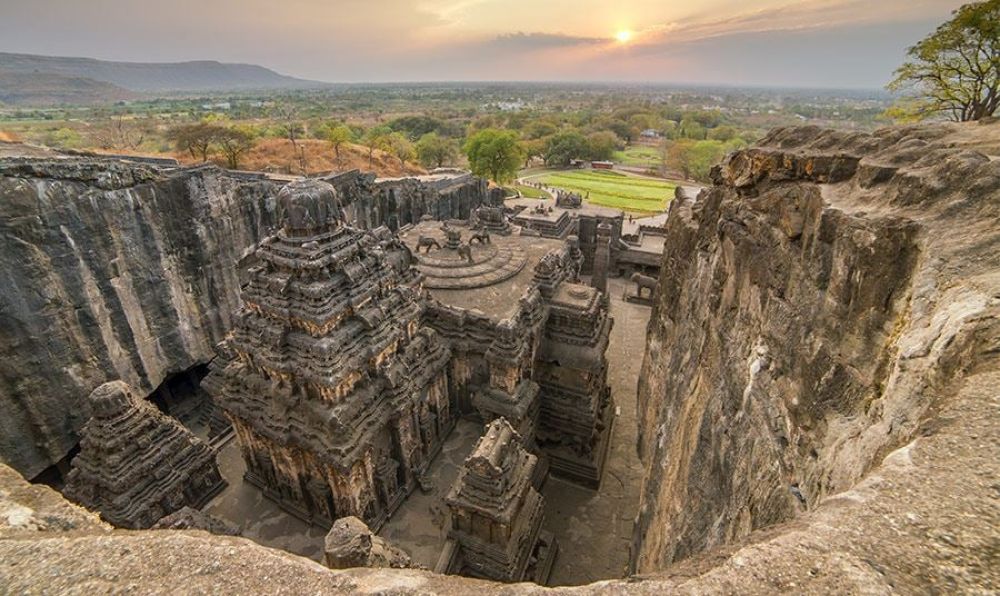

The city of Aurangabad in Maharashtra, India, is a significant tourism destination that boasts a splendid historical backdrop, intertwined with rich cultural heritage. Named after the Mughal Emperor Aurangzeb, the city is famous for its proximity to the UNESCO World Heritage Sites of the Ajanta and Ellora Caves.
The history of tourism in Aurangabad can be traced back to the time when the first European travelers began exploring India. The Ajanta Caves were "rediscovered" by British officers during a tiger hunt in 1819, which sparked interest among Western scholars and travelers. With the establishment of railways and better roads during the British Raj, Aurangabad became more accessible to visitors.
However, it was not until India's independence in 1947 that Aurangabad began to emerge as a prominent tourist destination. The Indian Government, recognizing the potential of Aurangabad's historic sites, started to promote tourism aggressively. The establishment of the Archaeological Survey of India (ASI) played a crucial role in conserving and managing Aurangabad's monuments, which enhanced their appeal to both national and international tourists.
In recent years, tourism in Aurangabad has evolved with the inclusion of various modern amenities and facilities. The city has seen significant improvements in infrastructure, with better roads, enhanced airport connectivity, and hotel accommodations that cater to a range of tourists, from budget travelers to luxury seekers.
Aside from the Ajanta and Ellora Caves, tourists are attracted to the historic Daulatabad Fort, the magnificent Bibi Ka Maqbara which bears a resemblance to the Taj Mahal, and the ancient water mill of Panchakki. Additionally, Aurangabad is a starting point for pilgrimages to Shirdi and other religious sites.
One of the latest trends in Aurangabad’s tourism sector is the development of experiential and immersive experiences that go beyond the typical sightseeing tours. Interactive experiences that immerse tourists in the local culture, cuisine, and heritage crafts like Himroo shawls and Paithani sarees have become quite popular.
Eco-tourism is also growing with an increased interest in exploring the natural surroundings and the biodiversity of the region. Adventure tourism which includes trekking around the surrounding hill forts of the city is seeing a surge in interest. Additionally, the Maharashtra Tourism Development Corporation (MTDC) regularly participates in national and international tourism fairs to boost the city's visibility.
The role of digital media and online platforms in promoting tourism has become exceptionally prominent. With virtual tours and online booking systems in place, planning a visit to Aurangabad has never been easier for tourists.
In conclusion, Aurangabad continues to uphold its tradition as a historical treasure while adapting to the latest trends in tourism to offer visitors an unforgettable experience.